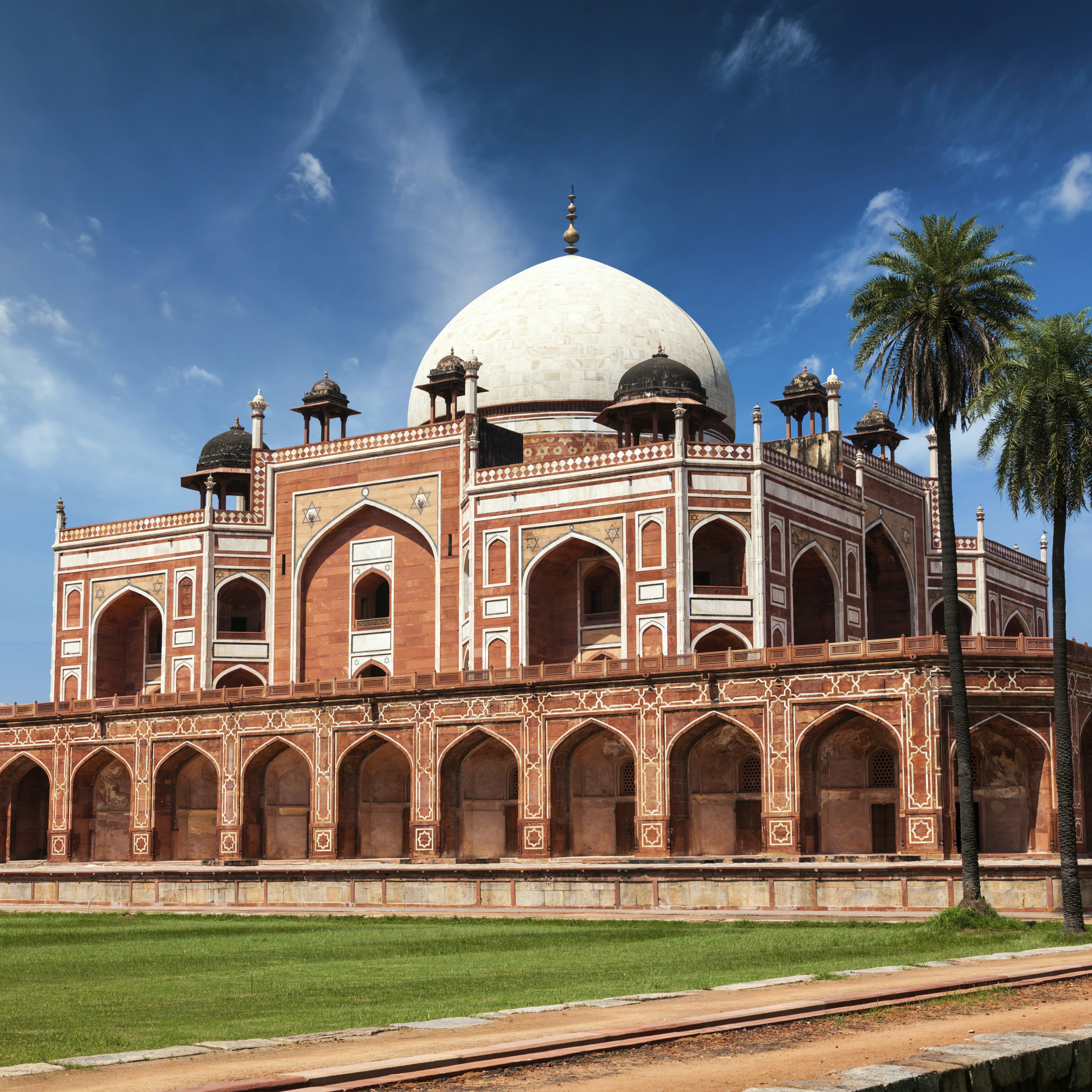
Overview
Steeped in history yet overflowing with modern life, colorful, cacophonous Delhi pulsates with the relentless rhythms of humanity like few other cities on Earth.
Leave the planning to a local expert
Experience the real Delhi. Let a local expert handle the planning for you.
Must-see attractions
Planning Tools
Expert guidance to help you plan your trip
Best Things to Do
Dynamic and diverse Delhi draws in the best of food, arts and culture from across the country.
Read full article
Transportation
Tackle the mega-city of Delhi with confidence using this essential guide to the Delhi metro, autorickshaws, rideshares and more.
Read full article
Get a book. Get inspired. Get exploring.
in partnership with getyourguide

















